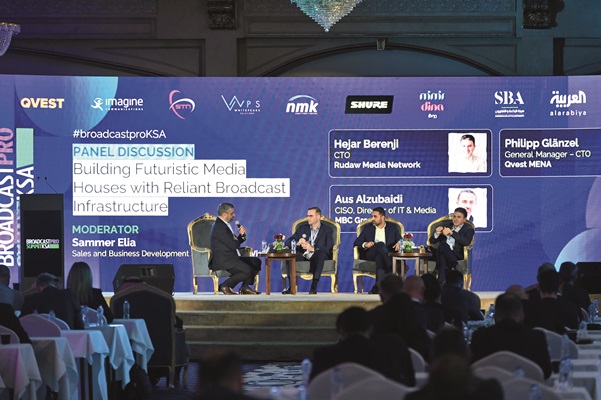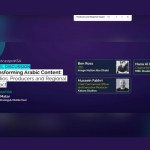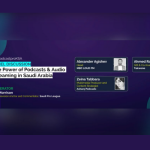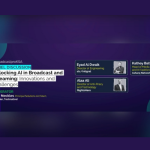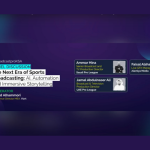The broadcast industry is undergoing a massive transformation marked by a shift from traditional television and radio to digital media and online streaming platforms. Amidst the continuous influx of new tech and trends, it has become imperative to build future-proof infrastructure. This was the central theme of the tech panel discussion at the inaugural BroadcastPro ME Summit KSA held last month in Riyadh.
Moderated by Sammer Elia, Sales and Business Development Director – MENA, Viaccess-Orca, the panel featured insights from Hejar Berenji, CTO, Rudaw Media Network; Aus Alzubaidi, CISO, Director of IT & Media, MBC Group; and Philipp Glänzel, GM – CTO, Qvest MENA.
At the outset, Elia underscored the importance of factors such as costs, virtualisation, convergence, AI, regulations and audience preferences for media houses and outlets when looking at building a sustainable production and delivery platform. Notably, the past year witnessed substantial investments by some of the region’s media houses in futureproofing their technology stacks. In light of this, Elia asked the panellists about their primary investments in 2023 and their forward-looking plans for 2024 with regard to futuristic tech-stack implementations.
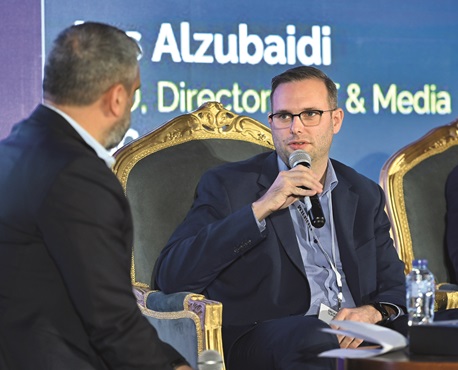
Philipp Glänzel from Qvest MENA pointed out that in 2023 most of its customers had invested in IP-based infrastructure such as IP2110, as well as computer infrastructure. “Virtualisation, hybrid set-ups and cloud deployments are some of the areas that our customers are investing in. The underlying goals are to bring down production costs, enhance flexibility and be more accommodating of the requirements that the company’s editorial teams get from their customers.”
For Rudaw Media Network, the latest tech stacks and their implementation are at the top of the company’s to-do list as it prepares to move to a new location.
“We are moving to a greenfield and this gives us a chance to rebuild everything from ground zero. For us, 2023 was the year of adapting to all the latest eras of media, including AI, Chat GPT, cybersecurity threats and IP implementations,” explained Hejar Berenji.
The network aims to move to the new facility by the end of 2024, where it will embrace “technology that will be used for the first time by a news organisation”, he added enthusiastically. “It’s a huge opportunity where we can adopt all the new trends such as AI and visualisation and prepare for newer ways of approaching our audience in MENA. The region has a different way of looking at media, especially the news, so we have to develop a unique approach. We are actively working with our partners and other stakeholders in the region to equip them with the knowledge and techniques that work for our region and audience. It’s high time we stopped imitating foreign brands.”
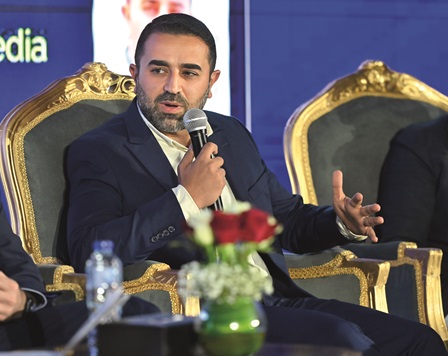
According to Aus Alzubaidi, 2023 marked the year of ChatGPT’s launch and the widespread adoption of generative AI large language models. It was also a significant year for MBC Group, achieving two new milestones: relocating its headquarters from the UAE to Saudi Arabia and becoming a publicly listed company on the Saudi Exchange, Tadawul.
“We dedicated a few months to experimenting with a handful of generative AI use cases to determine what works and what is relevant to our industry. We debated starting with chatbots or ‘Talk with PDFs’, then moving on to more advanced use cases involving computer vision and content moderation. 2023 was a year of experimentation, and in 2024 we aim to realise some of these production use cases,” he explained. He also emphasised that cybersecurity has been one of the company’s main focus points over the past few years.
The past few years have also seen social media platforms continuing to reign as champions in audience engagement, pushing the region’s media houses to devise and employ robust integration strategies. “Engaging with customers on social platforms, rather than just the traditional linear way, has become increasingly important. The key driver is to have a technology stack that allows you to easily integrate into these environments while remaining flexible. With the social media landscape constantly changing, it also helps to be an early adopter,” said Glänzel.
 He further noted that while established platforms such as Facebook, YouTube and X (formerly Twitter) continue to boom, more localised and niche platforms such as Periscope are also gaining popularity. “All these platforms come with different APIs and there is an editorial demand to be present on all of them. If a media house can integrate with these platforms quickly, that becomes a key differentiator.”
He further noted that while established platforms such as Facebook, YouTube and X (formerly Twitter) continue to boom, more localised and niche platforms such as Periscope are also gaining popularity. “All these platforms come with different APIs and there is an editorial demand to be present on all of them. If a media house can integrate with these platforms quickly, that becomes a key differentiator.”
At this point of the discussion, Elia highlighted the emergence of editorial apps for field reporters and user-generated data, for which the implementation of cross-media backends that can facilitate customised workflows incorporating legacy feeds has become essential. He queried about the ease of deploying such frameworks, which are predominantly available as SaaS solutions through hyperscalers, while adhering to cybersecurity guidelines. “There is a need to put governance around how these tools are being used. There are a lot of tools available and if we allow all of them to be used equally, it becomes increasingly complicated to manage them from a cybersecurity and content governance perspective. Businesses have to maintain systems that allow them to integrate all of these different tools while maintaining cybersecurity and editorial approval processes,” stressed Glänzel.
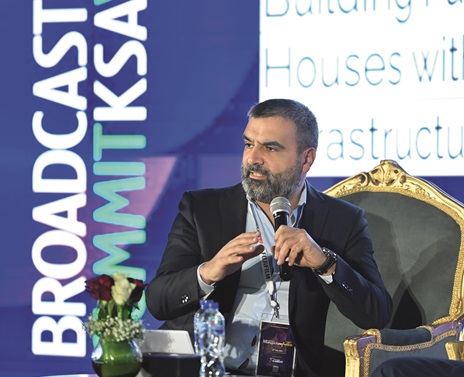
While such models enable scalability, it is challenging to deploy adapted workflows within the boundaries of cybersecurity guidelines. As Alzubaidi noted, “It is not easy at all. Most regional broadcasters have on-premise infrastructure, which means they first have to digitise their videotapes, go virtual and then move to the cloud. But having a cloud-first strategy may not necessarily be the smart thing to do. After years of trial and error, we realised that a hybrid multi-cloud approach is the best.
“Only a hybrid set-up can address drawbacks such as the risk of monopoly from broadcasters storing all their assets with a single cloud provider, adherence to strict content moderation compliance guidelines, and the integration of emerging technologies such as Dolby Atmos 4K editing. It can also circumvent restrictions that some providers impose on virtualisation and hosting the operating system in the cloud.”
The demand for hybrid implementation and workflows, coupled with the demand to access systems securely from literally anywhere, have made MAM (media asset management) critical in facilitating seamless workflows. To illustrate this point, Berenji cited the example of the news sector, where there is no time for extensive post-production processes.
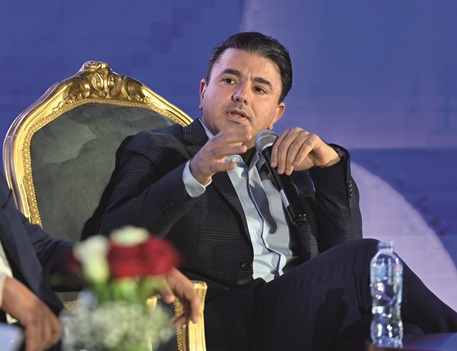
“Whatever comes from the field needs to go to the audience as soon as possible, and MAM plays a huge role in facilitating this. Whether it’s sifting deepfakes from actual news, giving journalists, content creators and CEng teams access to information across platforms and enabling them to showcase that information in the format they want (for TV, radio or digital), MAM is very crucial,” he said.
Another benefit of MAM is that it allows users to browse through archives quickly. This is especially important for news networks, where accessing the right archive as soon as possible is key to building credibility and audience engagement.
Alzubaidi was quick to point out that while having MAM is critical, having it on-premise is a completely different experience from having it in the cloud. “MAM on the cloud gives users real-time access to archives and allows them to enrich metadata on the fly, but the costs are always a concern. It is very expensive to store data on a hot tier, but if a broadcaster chooses to keep data on-premise, they remain reliant on physical tape libraries plus they have to create multiple copies of each tape. This too adds to costs and time.”
 Such considerations make a hybrid approach the ideal solution, said Glänzel. “We are seeing that the hybrid approach of the MAM is becoming more and more important. Adoption models where low-risk proxies are stored on the cloud and high-risk are on-premises permit content to be available to all editorial teams wherever they may be. This gives all the users the same experience to search, browse and make use of that content as a key differentiator. It also makes the workflow faster.”
Such considerations make a hybrid approach the ideal solution, said Glänzel. “We are seeing that the hybrid approach of the MAM is becoming more and more important. Adoption models where low-risk proxies are stored on the cloud and high-risk are on-premises permit content to be available to all editorial teams wherever they may be. This gives all the users the same experience to search, browse and make use of that content as a key differentiator. It also makes the workflow faster.”
Although cloud storage is immensely popular in the West, it may not be ideal for MENA, according to Berenji. “The situation in our region is different. The bandwidth, number of tiers and connections available to main cloud services are limited in MENA. There’s also the question of cybersecurity – who will protect our data on the cloud.”
Here, Glänzel highlighted how one of the most crucial aspects of cybersecurity often gets overlooked by broadcasters or networks. “We put in several security measures on the tech side to keep content safe, but overlook the social engineering aspect of cybersecurity. We have to make users aware of how to deal with security breaches. The majority of the breaches are not due to a break in the firewall. They are human-based, so the social aspect is really important in this area.”
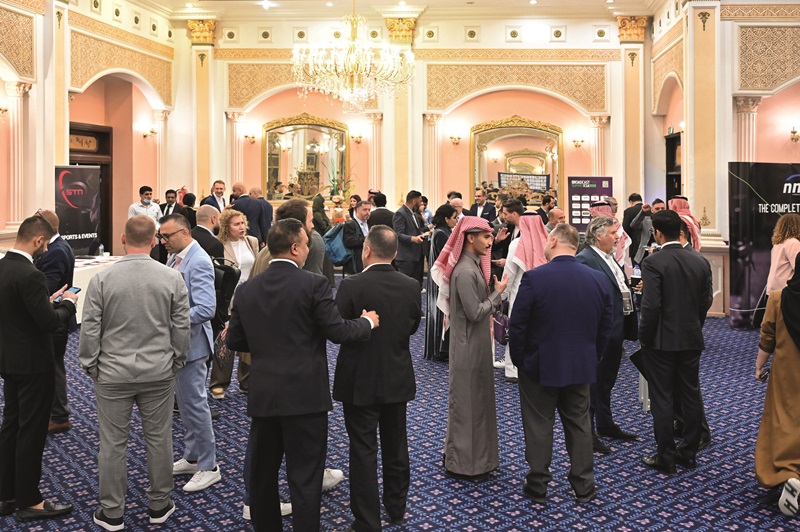 Alzubaidi conceded that the broadcast industry is falling short in the realm of cybersecurity. “We have not reached an adequate level of maturity in any aspect, whether it’s playout, automation, transmission or video graphics. In contrast to the IT world, where our vendors can often address zero-day attacks and critical vulnerabilities within hours, it takes days or weeks for most media and broadcast vendors to provide substantial feedback. In case of such attacks, IT vendors are expected to close the gap within hours. In most cases, we have to chase vendors for days to get their approval to patch a live system that’s on air. This always makes us fall behind.”
Alzubaidi conceded that the broadcast industry is falling short in the realm of cybersecurity. “We have not reached an adequate level of maturity in any aspect, whether it’s playout, automation, transmission or video graphics. In contrast to the IT world, where our vendors can often address zero-day attacks and critical vulnerabilities within hours, it takes days or weeks for most media and broadcast vendors to provide substantial feedback. In case of such attacks, IT vendors are expected to close the gap within hours. In most cases, we have to chase vendors for days to get their approval to patch a live system that’s on air. This always makes us fall behind.”
During the panel discussion, it was emphasised that innovative approaches like micro-segmentation and artificial intelligence are essential for enhancing cybersecurity measures. Alzubaidi noted that the effectiveness of AI in advancing cybersecurity practices was transformational, particularly in its application to more frequent and dynamic security penetration testing and security validation. While traditional protocols may dictate annual assessments, the shift towards more regular evaluations can significantly strengthen security preparedness and incident response capabilities. Furthermore, the integration of AI into the management of hybrid Security Operations Centres (SOCs) and their associated processes was also underlined as a key strategy in maintaining robust security frameworks and augmenting the human output.
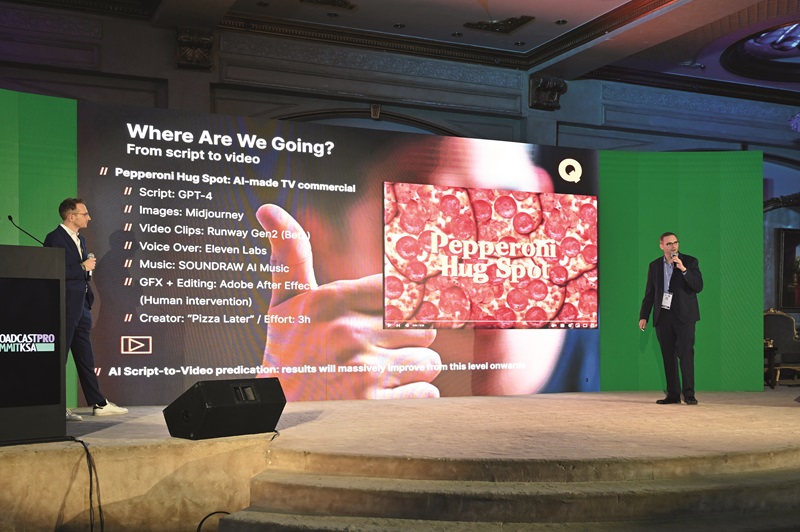 The Rudaw Network also uses AI to manage fake news and misinformation. Going beyond conventional use, it is using “AI against the fake news that was built by AI itself. We are not quite there yet, but we are moving towards it,” said Berenji.
The Rudaw Network also uses AI to manage fake news and misinformation. Going beyond conventional use, it is using “AI against the fake news that was built by AI itself. We are not quite there yet, but we are moving towards it,” said Berenji.
However, a lot of work remains to be done when it comes to using AI to power newsfeeds and stay within editorial guidelines. “We are still trying to determine how to implement AI efficiently in editorial workflows, along with the right guidelines and approval processes,” said Glänzel.
Another factor gaining traction in the broadcast industry is sustainability. The panellists agreed that the broadcast industry is not doing enough in this regard. “We are not very mindful of how we deal with our computer resources, how big our data centres are, how much cooling capacity we put in and how that impacts the environment. There are many areas where we as an industry can improve and embrace the sustainability aspect better,” admitted Glänzel.
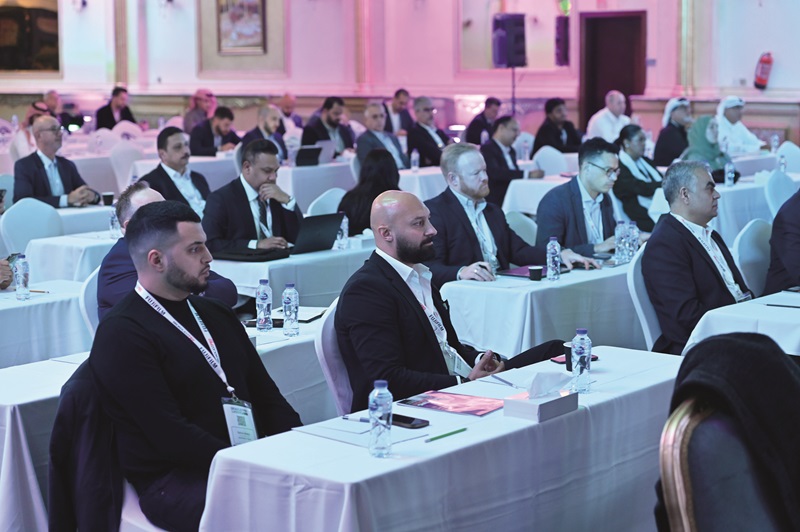 Even after the active adoption of AI, ESG strategies and carbon offsetting programmes, balancing sustainability and operational efficiency remains a challenge for the industry. Alzubaidi cited the example of how leveraging generative AI for better visibility of production use cases consumes large amounts of energy: “While AI will remain at the top of our agenda, how we, as leaders control the ethical elements of that transition, will always be the question.”
Even after the active adoption of AI, ESG strategies and carbon offsetting programmes, balancing sustainability and operational efficiency remains a challenge for the industry. Alzubaidi cited the example of how leveraging generative AI for better visibility of production use cases consumes large amounts of energy: “While AI will remain at the top of our agenda, how we, as leaders control the ethical elements of that transition, will always be the question.”
As the panel discussion drew to a close, the panellists concurred that the future of broadcast in MENA was exciting. “We are on a mission to develop and deliver products that can shape the future of broadcast. Whether it’s combining AI with AR, VR or tech stacks, we are working towards a more sustainable, technologically advanced and creative broadcast landscape for the region,” concluded Berenji.

































































